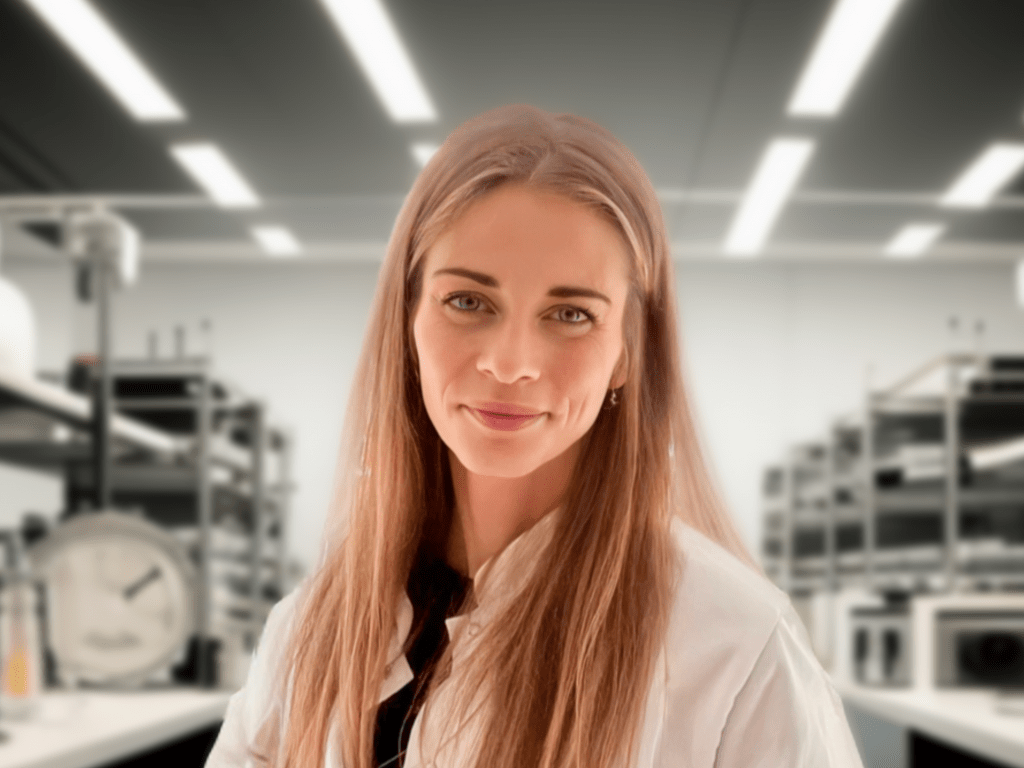A Guest Article by Helena Christensen, Medical Affairs Manager (Valcon Medical)
In recent years, the demand for medical cannabis has surged as patients and healthcare professionals recognize its therapeutic benefits. However, the European market is currently facing a concerning issue: the prevalence of low-quality medical cannabis products. When manufacturers compromise on quality and fail to provide doctors and patients with products meeting pharmaceutical standards, it jeopardizes patient well-being while undermining the
credibility of the medical cannabis industry.
Addressing the need, this article highlights the importance of transparency and standardization in manufacturing medical cannabis extracts to benefit doctors and patients.
The Current Challenge
The efficacy and safety of medical cannabis heavily rely on the quality of the products offered. Patients and healthcare professionals should have confidence in the consistency, purity, and potency of medical cannabis products. However, the current situation in Europe raises concerns about the industry’s lack of robust quality standards. While Europe has established a highly regulated medical cannabis industry, it does not safeguard against the fluctuating product quality of standardized extracts. The market operates under strict regulations to ensure product safety and quality, including cultivation, processing, and distribution requirements. However, variations in input material, manufacturing processes, extraction methods, and quality control practices among different manufacturers can still lead to differences in product quality.
The reason for the fluctuating quality of products can be found in the manufacturing company’s desire to improve margins. Unfortunately, it is seen all too often that margin improvements come at the expense of quality and, thereby, effective treatment of the patients.
The quality of a product must be understood as the degree of consistency and standardization of the entire composition of the product and not just the cannabinoids declared on the label. In most cases, THC and CBD. A transparent system for doctors and patients to assess the quality of products based on declarations has not yet been established.
Lack of Standardized Input Material
A high-quality full-spectrum extract ensures that the extract resembles the input material as much as possible. Simultaneously, the product must consistently fulfill this from batch to batch. A high-quality full-spectrum extract, therefore, originates from a specific cultivar and is defined by its origin. A cultivation company typically has many different cultivars (Cannabis sativa L. varieties) in its production cycle. Each cannabis cultivar has its unique combination of cannabinoids, terpenes, and other compounds, contributing to its specific therapeutic effects.
When a cultivation company produces medical cannabis flowers, trimming is part of the process to arrive at a standardized product—trimming involves the removal of unwanted material such as stems, leaves, etc. Some extract manufacturers utilize this trim (a waste product) from different cultivars in random ratios to optimize their margins. While this approach may seem practical and certainly cost-beneficial, it poses several challenges that compromise the quality and consistency of the final product.
The challenge of using medical cannabis trim from different cultivars in random ratios for extraction lies in the variability of chemical composition and potency among the different cultivars and parts of the trim used. It becomes challenging to maintain consistency in the final product. The extract’s chemical composition will vary depending on the input material available, potentially leading to inconsistent potency and effects.
To ensure a reliable treatment, it is crucial to offer patients consistent product quality. Using trim from various cultivars as input material is counterproductive since the chemical composition can vary from dosage to dosage. To guarantee accurate dosing for patients, it is highly recommended that manufacturers use a standardized cannabis flower from the same cultivar for every batch.
Non-Uniform Medical Extraction Methods
The manufacturing stage must ensure that the extract resembles the properties of the cannabis plant while guaranteeing consistent results from batch to batch. Manufacturing medical cannabis extracts is a delicate balance between quality and scale. The manufacturing process involves many variables impacting the final product’s consistency. While
conventional ethanol extraction may be commonly used, the Germany Monograph, DAB 2022 – Cannabisekstrakt recommends CO2 extraction for medical cannabis extracts.
Advanced extraction techniques, equal to supercritical CO2 extraction, can be fine-tuned to extract specific compounds selectively. Adjusting the temperature and pressure makes it possible to target and extract specific cannabinoids or terpenes, allowing for more precise control over the final product’s composition. Supercritical CO2 extraction produces high-quality extracts with minimal degradation of cannabinoids and terpenes. It can yield clean extracts with few impurities, such as chlorophyll, resulting in a more pleasant taste, aroma, and appearance.
CO2 is considered a safer solvent than ethanol, as it is non-toxic, non-flammable, and does not leave residual solvents in the final extract. This makes it a desirable option for medical applications where safety and purity are crucial.
The Way Forward
The highest quality of products is achieved by using a standardized input material while ensuring a uniform manufacturing process that preserves the plant's properties. This will ensure the patient receives a consistent, high-quality product.
To achieve greater transparency and standardization in medical cannabis, collaboration between manufacturers, doctors, patients, and regulatory bodies is essential. The following steps can help pave the way forward:
Regulatory Framework and Guidelines
Establishing a standard for decoding product quality. Instead of only declaring the content of THC and CBD, it is recommended that the label should specify whether the product is based on standardized input material or random input material. Additionally, it should state the country of origin of the input material. It might be necessary to validate and quantify all cannabinoids and terpenes above a certain percentage limit. This would impose greater responsibilities on manufacturers to standardize the products, thereby offering doctors and patients more confidence in the consistency and quality of the product.
To overcome the challenge of using trim from various cultivars, some extraction facilities are encouraged to standardize their ratio between cultivars to achieve a more consistent product from batch to batch, creating distinct extracts with consistent profiles. However, the approach requires careful consideration and testing to ensure consistent and safe products for medical cannabis patients.
While ethanol extraction certainly has its merits, especially for large-scale hemp operations, the benefits offered by advanced extraction techniques, such as supercritical CO2 extraction, position it as the gold standard in the medical cannabis industry, ensuring that patients receive the most effective and reliable treatments possible.
Conclusion
The importance of high-quality medical cannabis products cannot be overstated. Patients and healthcare professionals deserve access to products that meet pharmaceutical standards, ensuring consistent quality, purity, and potency.
Manufacturers should not only focus on standardizing the end product to meet a certain ratio of THC and CBD. Instead, they must apply their focus on using a standardized input material and control the entire process. By operating highly advanced extraction methods equal to supercritical CO2, manufacturers can ensure consistent quality, reliable dosing, and improved therapeutic outcomes for patients.
To promote transparency, manufacturers should disclose whether standardized input material has been used, list the origin of the input material, and declare all cannabinoids and terpenes above a certain limit. As the industry continues to evolve, addressing these challenges is important to ensure patient safety and consistent treatments. Unlocking the full potential of medical cannabis extracts starts and ends with the patient.
About the author
Helena Christensen is the Medical Affairs Manager for Valcon Medical, a Danish pharmaceutical company that manufactures medical cannabis derivative products. The company is licensed to manufacture medical cannabis extracts and standardized oil products. Valcon Medical claims to deliver the highest quality of products globally while assuring consistent and scalable supply. Products are manufactured under EU-GMP and tested in accordance with DAB Eingestellter Cannabisextrakt and the European Pharmacopeia, Ph. Eur.

